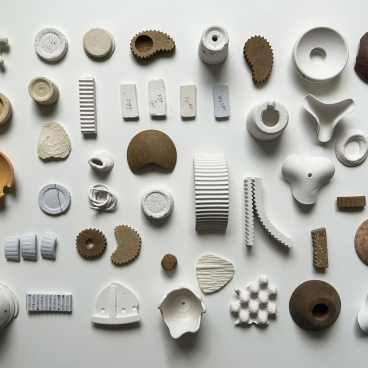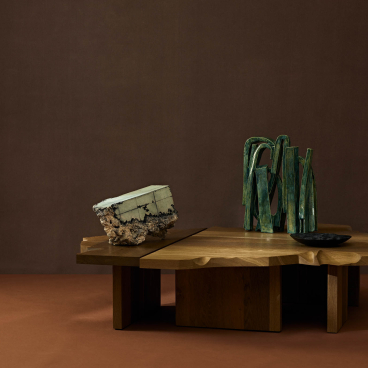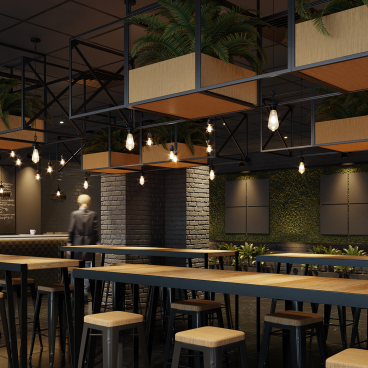Georgina Lynch, MD, The PJ Livesey Group on heritage homes, retrofit over replication & saving embodied carbon.
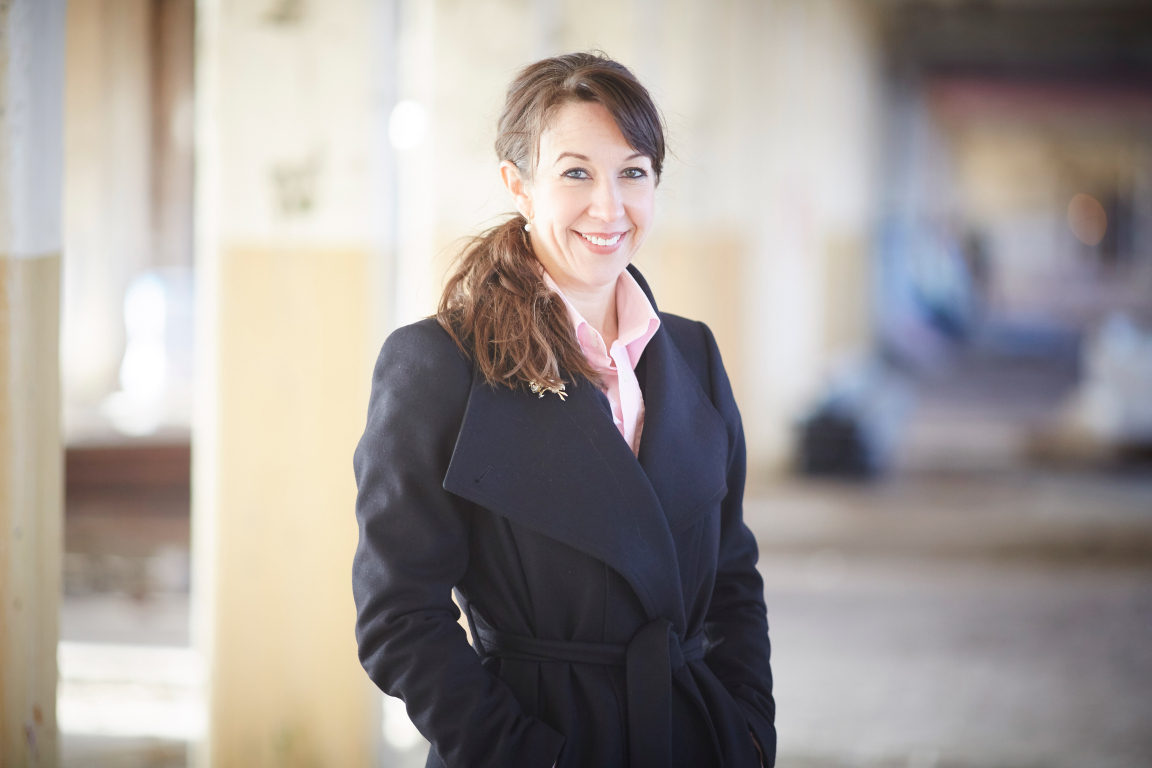
With our editorial and event spotlight on reducing carbon in the built environment, the role of retrofit has been at the centre of the discussions so far.
As the refurbishment of existing buildings retains the carbon within, rather than releasing it through demolition, it's encouraging to see this at the forefront of developers minds.
For Georgina Lynch, managing director, The PJ Livesey Group, this has been a focus since the start of her tenure. And as a business, it's underpinned operations for 45-years. So we were keen to find out more about the challenges and opportunities involved in 'saving' the country's many heritage homes that could otherwise go to waste - expelling the carbon within them in the process.
In this week's interview, we chat to Georgina about her first foray into the sector, securing historical buildings for the wellbeing and enjoyment of future generations, and how embracing low-carbon materiality supports the creation of truly sustainable builds.
Tell us about PJ Livesey, and your career to date?
"The PJ Livesey Group is a specialist property developer with 45 years’ experience in delivering high-quality new build homes and converting some of the country’s most precious heritage assets into beautiful homes. My affinity for the property industry began at the age of four when I first sat on a digger at a construction site with my father, Peter Livesey. Forty-five years later, I am proud to be the managing director of this unique development firm.
"My career began in the health club industry, where design, service and standards were paramount to success. I founded and grew a chain of health clubs, GL-14, which was successfully sold to Bannatynes in 2012. This experience laid the foundation for my transition into the family business, where today I am passionate about tackling the challenges our industry faces as well as continuing to ensure we repurpose our heritage buildings into new homes for all tenures to enjoy."
Why residential?
"Creating homes means creating communities. We take a completely design led approach; it is in the DNA of the company and flows through everything we do, We’re passionate about transforming spaces and making them liveable again with our clients’ needs always at the forefront of our minds. There’s a real need for well-designed, sustainable housing, and that’s where we excel."
You specialise in heritage buildings and retrofit - what drove that specialism?
"Heritage buildings have character and craftsmanship that can’t be replicated. Instead of demolishing, we focus on giving these structures a second life, which aligns with our sustainability ethos. We work closely with Historic England, Homes England, and local authorities to ensure these projects secure the future of the buildings for generations to come."
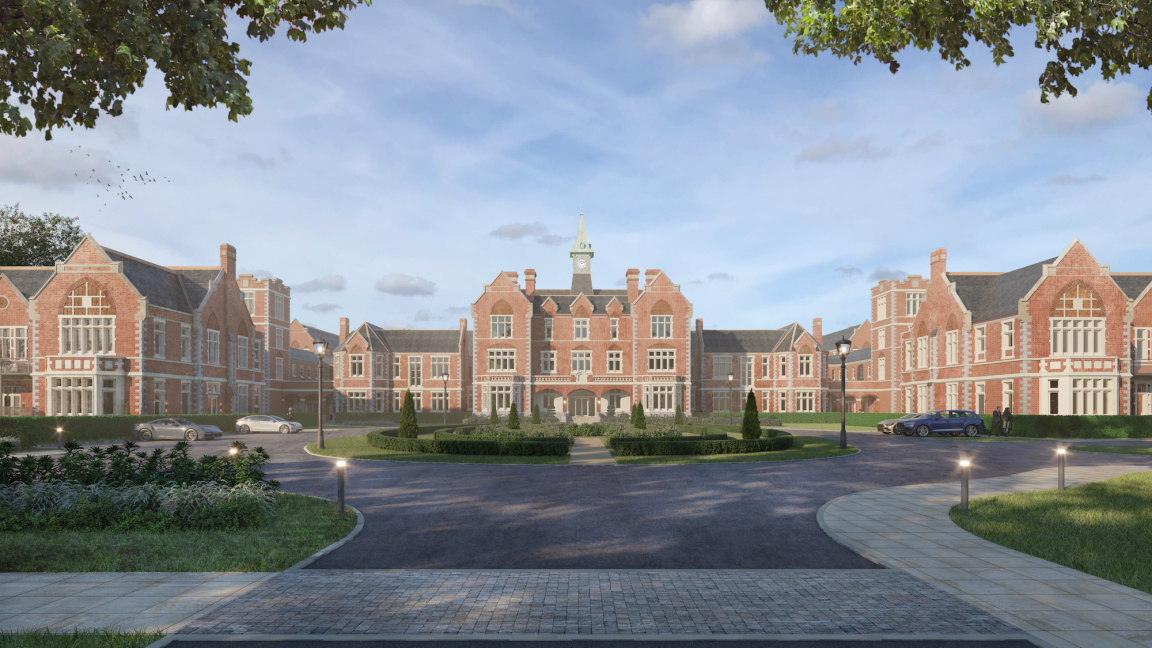
CGI of main building restoration at St James Park, Southsea
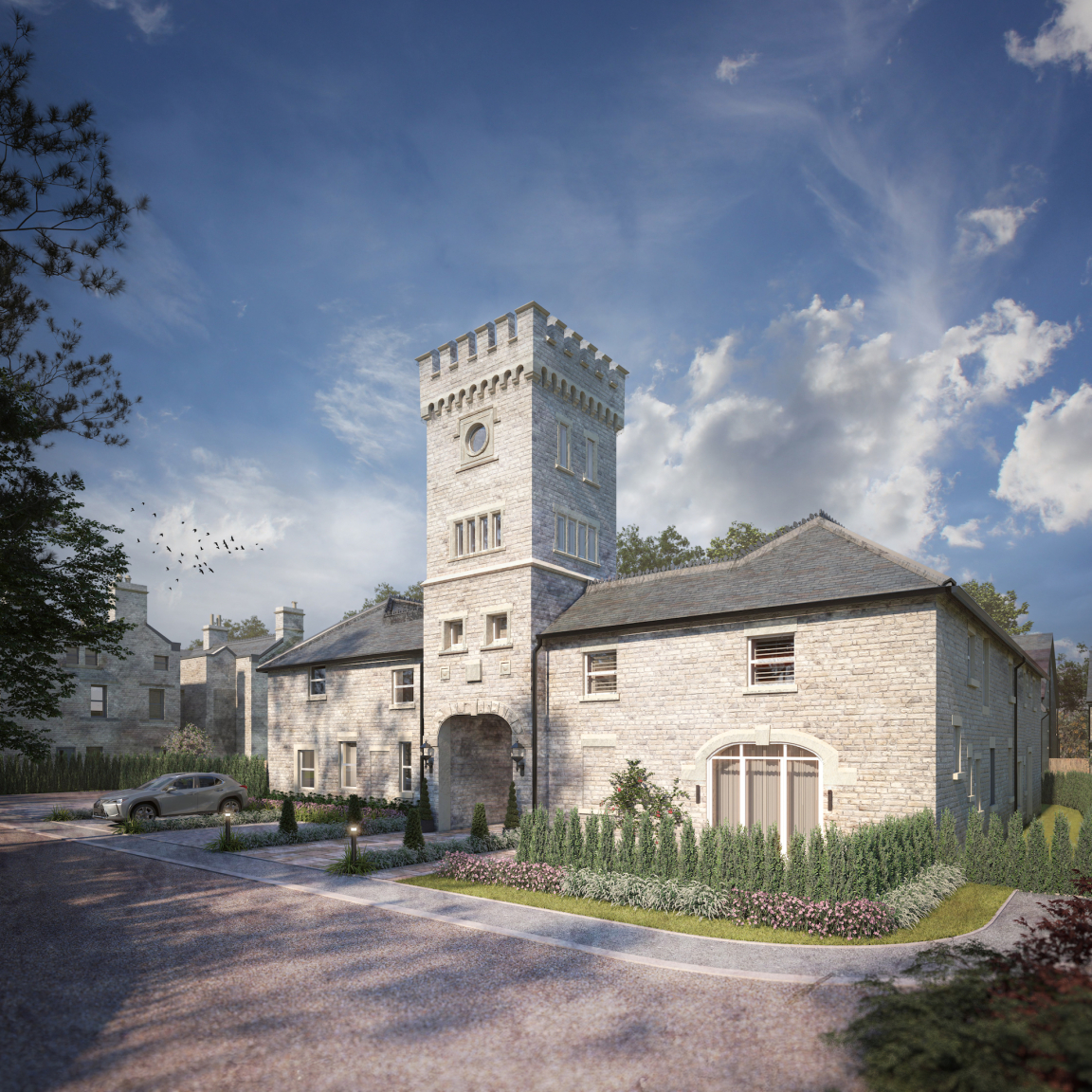
CGI of the North Lodge at The Retreat, Parbold
How is sustainability considered?
"Sustainability is fundamental to what we do. Retrofitting saves embodied carbon, and we integrate modern energy-efficient solutions such as improved insulation, and renewable energy—while maintaining a building’s historic integrity."
Looking specifically at carbon, in light of the new UK Net Zero Carbon Buildings Standard coming into action, how do you keep carbon down?
"Reducing embodied carbon is key. Retrofitting instead of rebuilding significantly lowers emissions. We use locally sourced sustainable materials and install energy-efficient technologies like MVHR and solar panels."
Tell us about some of the projects you're working on currently
"We are transforming the former St James hospital in Southsea into a new community, providing a new lease of life for the historic buildings and creating much needed energy efficient new homes. It's a green, open oasis nestled in the centre of a very built-up area... a perfect example of what we do best.
"Then there is the former Kings School in Macclesfield - once again an iconic site with a collection of beautifully converted historic buildings combined with originally designed eco-friendly new homes. The site is home to Macclesfield's first £1million apartment! The Alexander apartment in the former library building of the school is the centrepiece of the site.
"We have so many exciting projects we are about to embark on, such as the amazing Quaker's Retreat site in York and our conversion of the Sisters of Notre Dame convent in Parbold, Lancashire ...all beautiful schemes... but too many to relay here!"
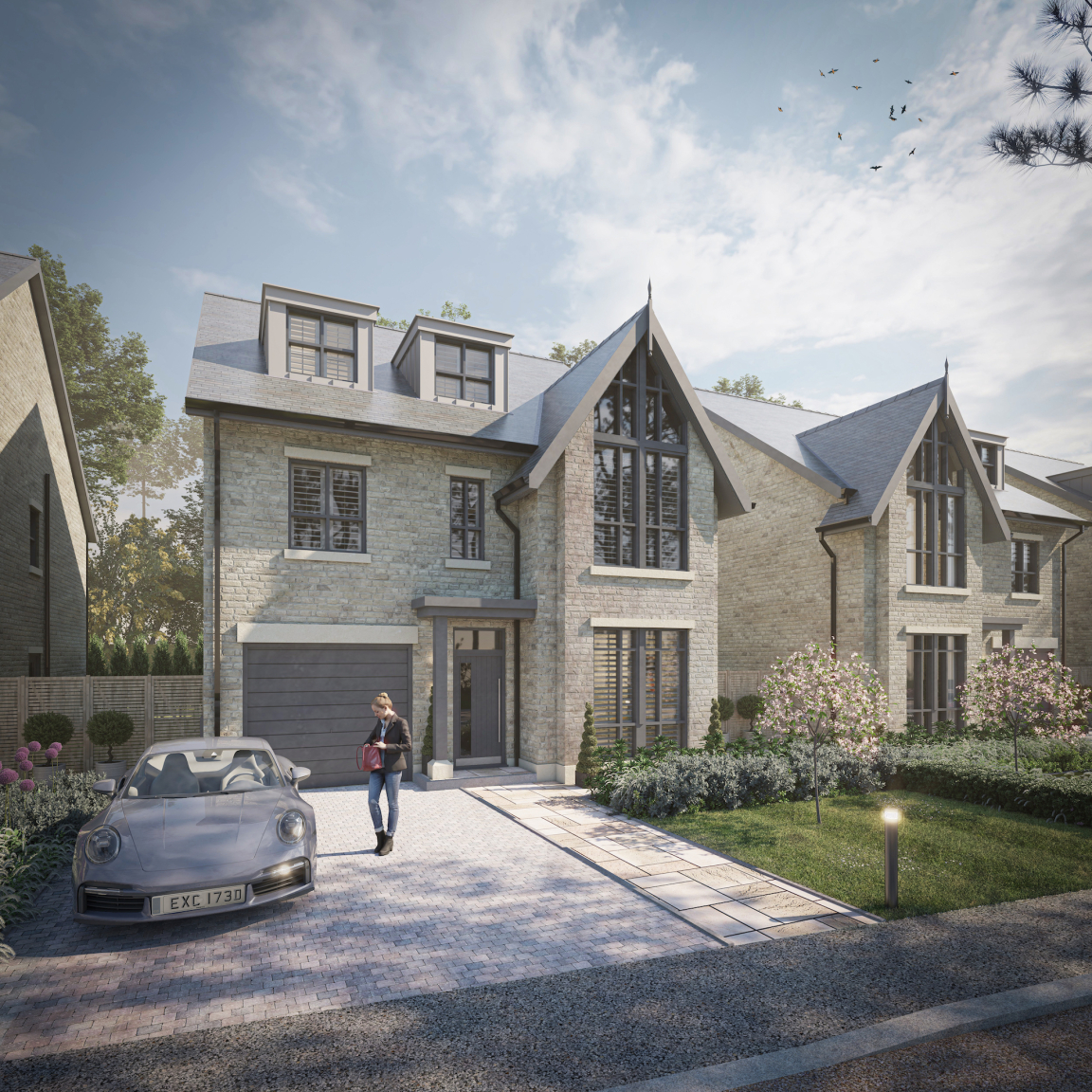
CGI of newly built homes at The Retreat, Parbold
What types of challenges do you come up against?
"Planning regulations, viability challenges and structural constraints."
And how do you overcome them?
"Collaboration is key. We have had positive meetings with a number of our partners recently to look at how we can overcome some of these problems on future projects. Early engagement can promote smooth approvals and innovative solutions. We are now wanting to work closer with Homes England and Historic England to see how we can repurpose our country’s heritage as well as provide new homes for all tenures."
How have the government targets on housebuilding affected your work?
"The pressure to build more homes means we must be creative in unlocking underutilised sites. Again, our relationships with Homes England and local authorities allow us to bring heritage buildings back into use while meeting modern housing needs. However, we do need the government to work with us and other developers are putting in real solutions to unblock this housing crisis."
Do you utilise innovative materials - and in what kind of ways?
"Yes, we use low-carbon lime-based mortars, reclaimed timbers, slate and bricks. For our newly built homes, we’re trialling bio-based composites and timber-frame construction to reduce embodied carbon."
How do your new build projects complement your retrofit work?
"Our newly built homes allow us to implement the latest sustainability tech from the ground up, while retrofit lets us preserve history. The two go hand in hand, ensuring we create truly sustainable communities."
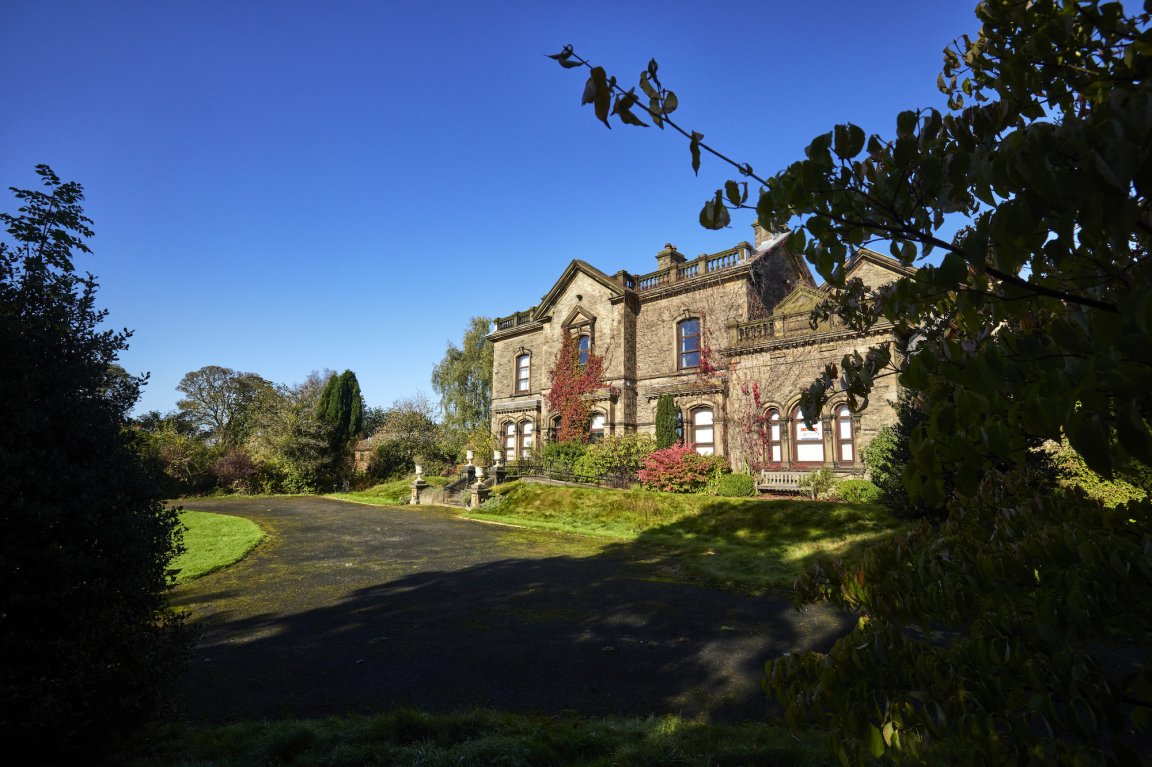
Existing Lancaster House, Parbold
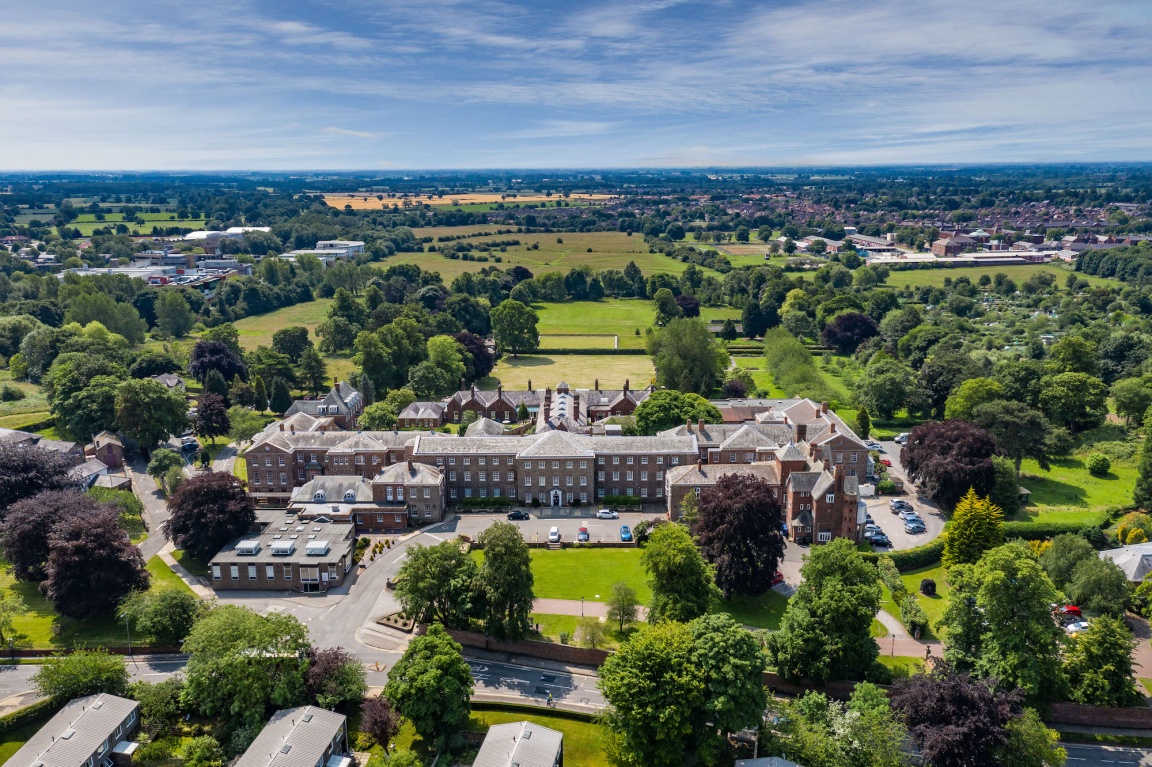
Existing building at The Retreat, York
What’s next for heritage residential?
"A stronger focus on deep retrofits, smart heritage solutions, and carbon reduction. With government policy evolving, we expect increased emphasis on adaptive reuse."
And for PJ Livesey?
"We’ll keep leading the way in sustainable heritage development with our client-first, design-led approach. Our partnerships—with Local Authorities, Historic England, Homes England, the NHS, the Greater Manchester Pension Fund, and recently the Quakers, to name a few —will continue to be at the heart of what we do, ensuring our projects have lasting social and environmental impact."


